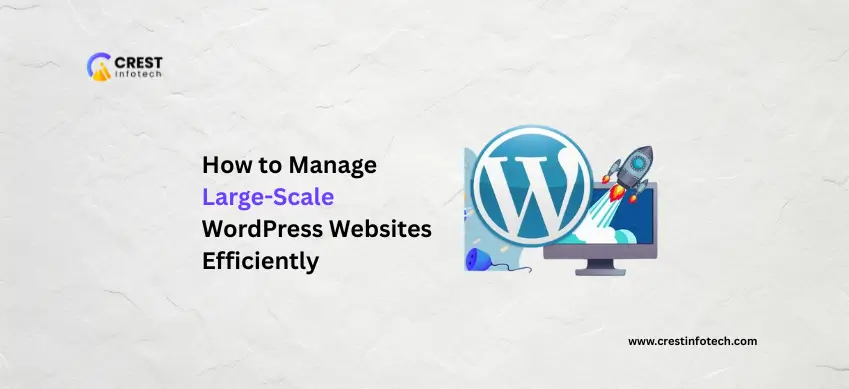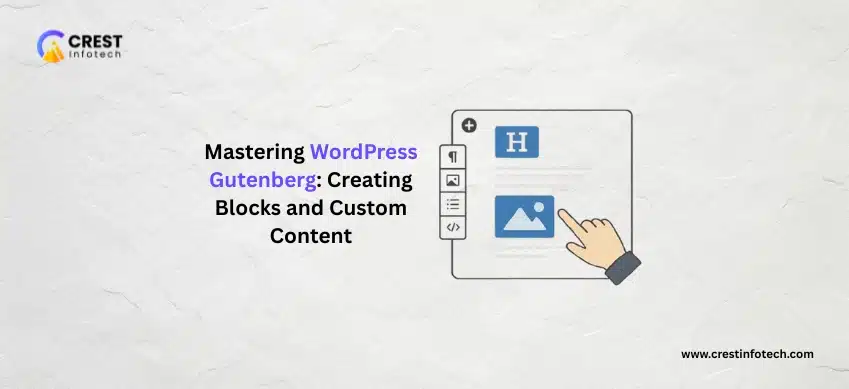As your WordPress website grows in size and complexity—whether it’s a high-traffic blog, enterprise portal, or multi-user platform—efficient management becomes essential. Handling a large-scale WordPress site requires a strategic approach to performance, security, content workflows, and team collaboration. Here’s how to manage big WordPress sites effectively.
1. Choose Scalable Hosting
For large sites, shared hosting isn’t enough. Use a managed WordPress host or cloud-based solution that offers:
- Dedicated resources
- Auto-scaling
- Built-in caching and CDN
- Staging environments
Top options include WP Engine, Kinsta, Cloudways, and SiteGround Cloud Hosting.
2. Optimize Performance
Slow websites hurt user experience and SEO. To keep things fast:
- Use caching plugins (e.g., WP Rocket, LiteSpeed Cache)
- Minify CSS, JS, and HTML
- Lazy load images and videos
- Offload media to external storage like Amazon S3
Leverage tools like GTmetrix or PageSpeed Insights for performance testing.
3. Use a Content Delivery Network (CDN)
A CDN reduces load on your server and speeds up global access by caching content on edge servers. Popular CDNs include Cloudflare, Bunny.net, and KeyCDN.
4. Implement Robust Security Measures
Large sites are bigger targets. Secure your site by:
- Installing a security plugin (e.g., Wordfence, Sucuri)
- Enforcing strong user roles and permissions
- Limiting login attempts and enabling 2FA
- Running regular malware scans and security audits
Also, keep your core, plugins, and themes updated.
5. Use Version Control and Staging Environments
For development teams, use Git to track code changes. A staging environment allows safe testing before pushing updates live. This minimizes downtime and avoids breaking your live site.
6. Manage Plugins and Themes Carefully
Only use plugins that are well-coded, actively maintained, and necessary. Excess plugins can cause bloat and security risks.
Regularly audit your plugin list and replace outdated or duplicated functionality.
7. Streamline Content Workflows
For editorial teams or content-heavy sites:
- Use custom post types and taxonomies to organize content
- Leverage user roles and editorial plugins like PublishPress
- Schedule content in advance and manage via calendars
- Use ACF or Gutenberg blocks for custom content layouts
8. Monitor Uptime and Errors
Use tools like UptimeRobot or Pingdom to monitor site availability. Set up error logging (via WP_DEBUG or plugins like Query Monitor) to catch issues before users notice them.
9. Backup Regularly
Always have a backup strategy in place. Use plugins like UpdraftPlus or Jetpack Backup—or rely on host-level backups—to ensure data is recoverable in case of failure or attack.
10. Implement Analytics and Reporting
Track traffic, performance, and user behavior using Google Analytics and Google Search Console. For more advanced needs, integrate tools like Matomo, Hotjar, or Looker Studio.
11. Delegate and Automate
Managing a large WordPress site is not a solo job. Assign clear roles to team members and use automation tools like:
- WP Crontrol for managing cron jobs
- AutomatorWP or Uncanny Automator for workflow automation
- Slack or email notifications for critical alerts
Final Thoughts
Large-scale WordPress websites require more than basic maintenance—they need strategic planning, technical optimization, and ongoing collaboration. With the right tools, hosting, and management practices in place, you can keep your site fast, secure, and scalable as it grows.



